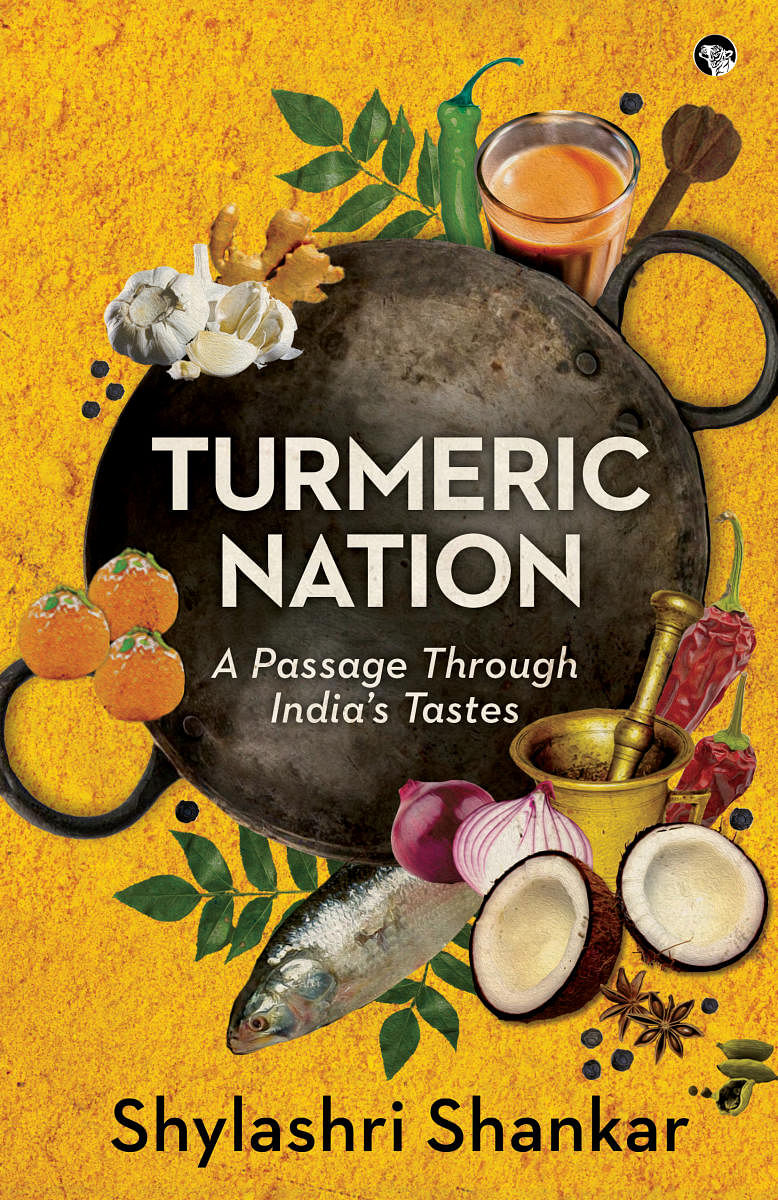
What are the peculiarities of Indian cuisine? Researchers have found that Indian recipes will not have two ingredients with similar flavours such as cayenne pepper and green chillies or tamarind and lemon. It will use one of them, not both. North American, Western European and Latin American cuisines use two or more ingredients with similar flavours to enhance a flavour. We don’t. Could it be because some parts of India have high supertasters — sensitivity to one bitter compound is the marker of a supertaster — and experience the sense of taste with great intensity? Supertasters may not require such flavour enhancement.
Our regional cuisines rest, heavily or lightly, on layers of history. They continue to be governed by the tradition of Ayurveda and its concept of equilibrium. These cuisines were enriched and hybridised by Chola, Maurya, Persian, Mughal and colonial legacies, creating similar types of cooking techniques in Punjab, Uttar Pradesh and the Deccan. We also have ancient connections in the way we use ingredients and in our cooking techniques.
Turmeric was found in the cooking pots of the Harappans, who lived in North India in 2600 BCE. It is still used (or aspired to in the case of very poor Dalits) in the dals and sabzis. Starch analysis reveals that the Harappans ate wheat, barley, millets, pulses, horse gram eggplant, mango, and root tubers, and cooked with ginger, turmeric, garlic and yam. Our body, say, researchers, is conditioned to absorb what our ancestors ate. But such a prescription is not valid for Dalits whose food habits are marked by an absence of choice created by the caste and class hierarchy in the villages. Peas featured in every Dalit family meal in Eastern Uttar Pradesh in the 1960s, 70s and 80s. Lunch and dinner consisted of dried pea rotis and a chutney of red chilli, salt and water, or a chutney made of the leaves of a garlic plant. The most coveted vegetarian dish was haldiya dal —lentils cooked with turmeric.
When marriage brokers proposed a groom, the bride’s family would ask: “Do they use turmeric the whole year?” On special occasions, they ate pork, cooked only with salt, and the sauce was made from pig’s blood and seasoned with red chilli and salt. This reminded me of an episode in Chef’s Table on a Swedish restaurant, Faviken. The owner-chef of the Swedish restaurant believed in foraging for seasonal food and storing it and using all the parts of a vegetable or animal. Foraging has become a fashionable choice in the food world of the West. What separates Faviken’s chef from the Dalit women is the absence of choice for the latter. Therein lies the tragedy.
We, in India, have to be thankful to bread and lemonade for catalysing revolutionary sentiments. Bengali poet and writer Nabinchandra Sen says that bread made him a Brahmo Samaji, because Brahmos had no restriction on the consumption of bread. Bread and biscuit industries were run by lower castes and by Muslims in Bengal. These nationalists used food taboos in different ways to create their conception of a modern Indian. Vivekananda wanted to rally the Hindus against the British by appealing to a taboo against eating beef that all Hindus adhered to, while the Brahmosamaj nationalists wanted to create a “modern Indian” by challenging taboos created by caste and Hindu ritual purity. These nationalists had understood what studies on taboos and eating patterns have only recently highlighted.
(Shylashri Shankar is the author of ‘Turmeric Nation: A Passage Through India’s Tastes’ published by Speaking Tiger.)